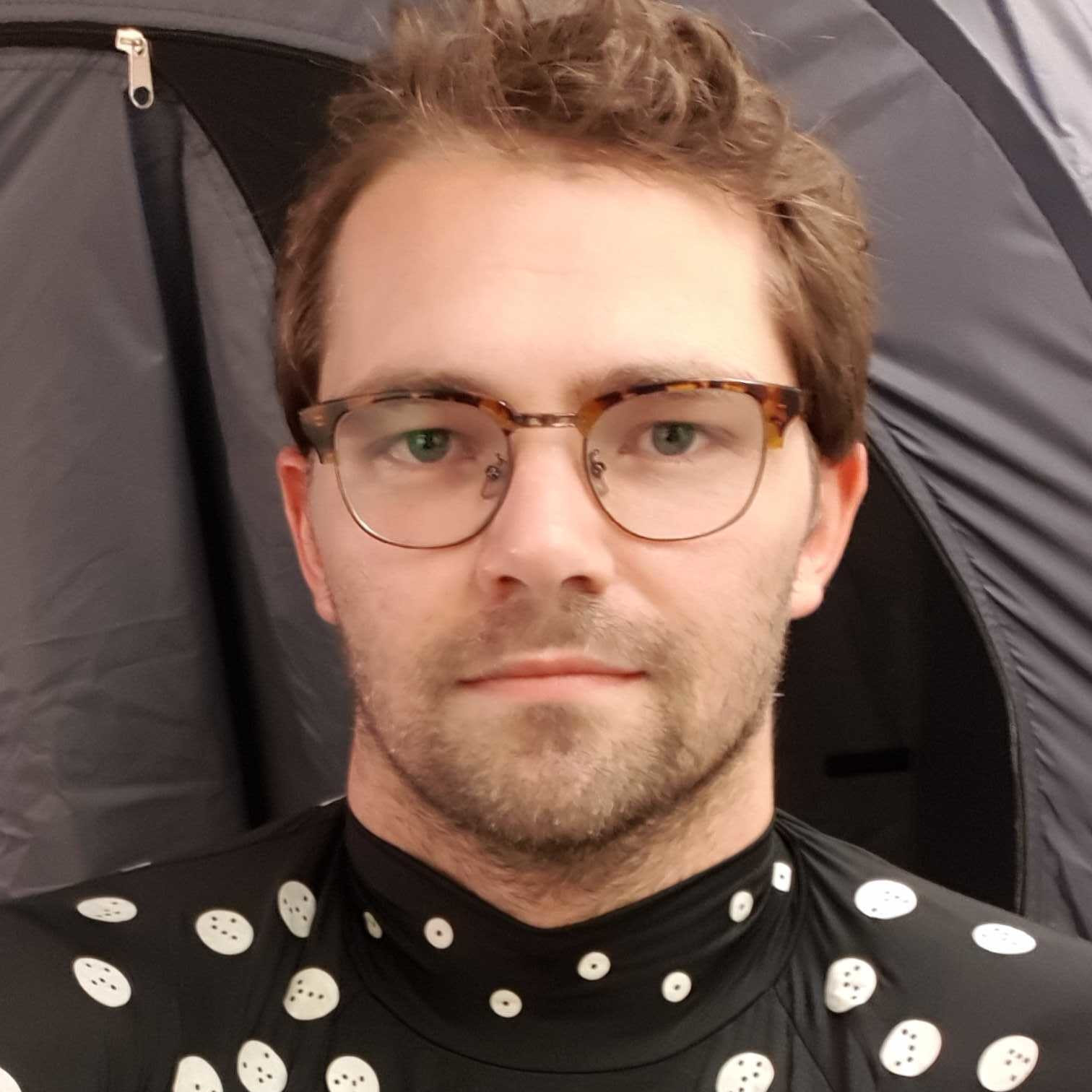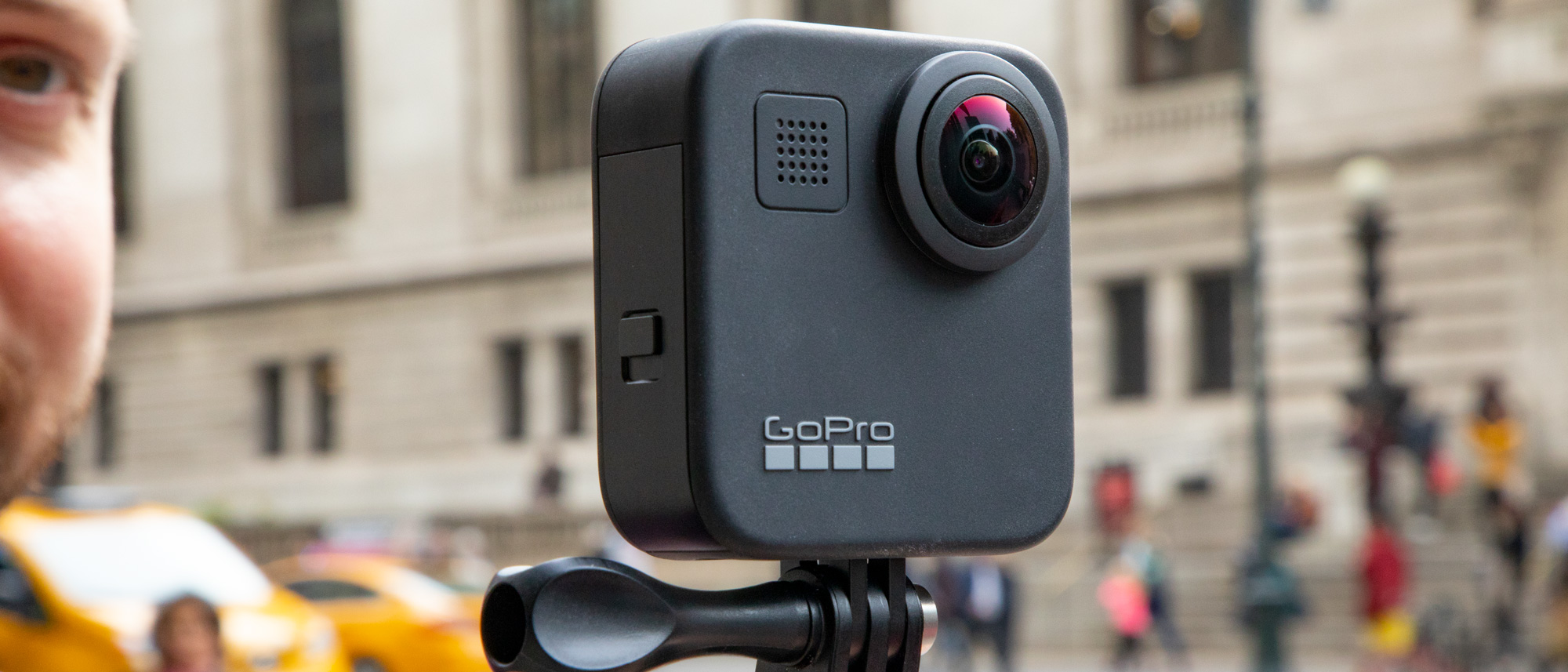Why you can trust TechRadar
Picture quality
- 5.6K 360 video
- 1440p 4:3 60fps video
- 16.6MP 360 photo
- Ultrawide SuperView digital lens
While the Hero 8 Black comes with a range of various shooting speeds, resolutions and digital lenses to capture footage, the Max really only offers 360-degree shots in 5.6K or 3K, and 2D recording in either 1440p or 1080p resolutions. Spherical videos need to be shot in 24, 30 or 60fps (only for 3K) and you can do the same in a more traditional 2D perspective (which GoPro calls Hero Mode). If you opt for the highest fps you can also edit it to half-speed slow-motion in both modes. For those curious about photos or time-lapse shots, the final stitched 360-degree photo comes in at 16.6MP, while the Hero Mode photos land at 5.5MP. The spherical media doesn’t have much competition, but for flat photos even the Hero 8 Black’s 12MP pics are easily outperformed by flagship smartphone cameras from 2018, so the Max’s 5.5MP 2D photos are rather disappointing.
The Hero 8 Black showed some improvement in low-light shots over the Hero 7 Black, but these upgrades didn’t trickle down to the GoPro Max, which means it isn’t ideal for dimly lit scenarios. We tried filming a candlelit scene and, while the 360 video gave us the gist of what was going on, no single frame was in focus. Even if you swap to 2D Hero Mode shots, the Max doesn’t offer low light video or photo compensation.
Like the Hero 8 Black, the GoPro Max has a Narrow, Linear and Wide digital lenses for taking photos or video designed for portraits, 16:9 video, and action cam fisheye videos, respectively. The Max also has a SuperView lens option that is 26 degrees wider than the Hero 8 Black’s most expansive perspective, which helps ensure you don’t miss any action.
While the Max can do pretty much everything, it isn’t ideal for 2D media. The forward facing 2D Hero video Mode, at its highest resolution, shoots in 4:3 at 1920 x 1440 pixels, but because it has to digitally manipulate the fish eye image into a flat one, it’s not even as good as older single-lens action cameras. On the other hand, if 360-degree media is what you’re after, or you are a hobbyist willing to settle for FullHD resolution in exchange for the freedom to capture everything around you and edit shot composition later, then the GoPro Max is an outstanding choice.
The two lenses actually shoot at a combined resolution of 6K and then use a portion of that to create a smoother stitch ending up at a combined resolution of 5.6K for spherical media. The software does an amazing job of automatically aligning the videos from both lenses, with basically anything further than 12 inches away lining up perfectly. However, it’s best to keep in mind that taking full 360-degree footage means it will also record whatever mounting system it is attached to.
At really close distances, the separate lens perspectives of the mount and whatever that mount is attached to is too different to reconcile, so you get some weird artifacts at that point. This isn’t so much a limitation of the camera – if anything it shows off how great the auto stitching is – but for anyone needing perfectly reconciled footage you’ll want to use a straight, fully-extended selfie stick for the best stitching results.
The lenses aren’t designed for underwater shots, since light bends slightly differently when moving through water. That means they trip up the stitching software and you’ll get a lot of warping and mismatched edges when the camera is submerged. This issue is apparently on GoPro’s radar, so we’re hoping that the company releases some kind of underwater dive housing to correct the underwater distortion and give a little added protection for fully submerged cinematography.
Sign up for breaking news, reviews, opinion, top tech deals, and more.
Admittedly, a lot of the commentary here hasn’t been overly flattering, so it’s natural to conclude that the Max is not a worthy replacement for a good 2D action camera. That said, the Max is exceptionally good at making re-framed 360-degree video surprisingly simple. This really is game changing for the future of action cinematography, but in order to fully explain how we’ll have to dig into the updated post-processing software.

Joel spent nearly nine years as one of TechRadar Australia's senior writers, testing and reviewing PCs, laptops and computer peripherals. He's even written extensively for APC Magazine in Australia. Now he contributes to TechRadar as the resident pizza maker and oven expert.
